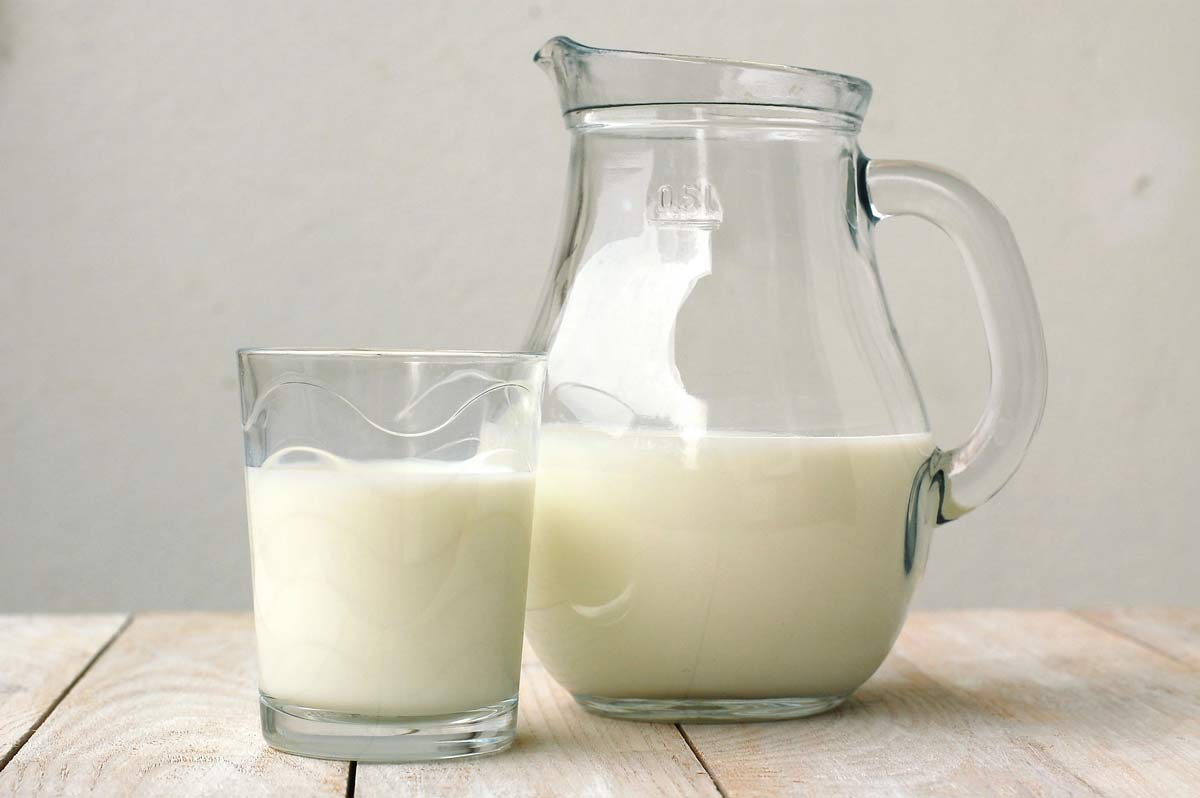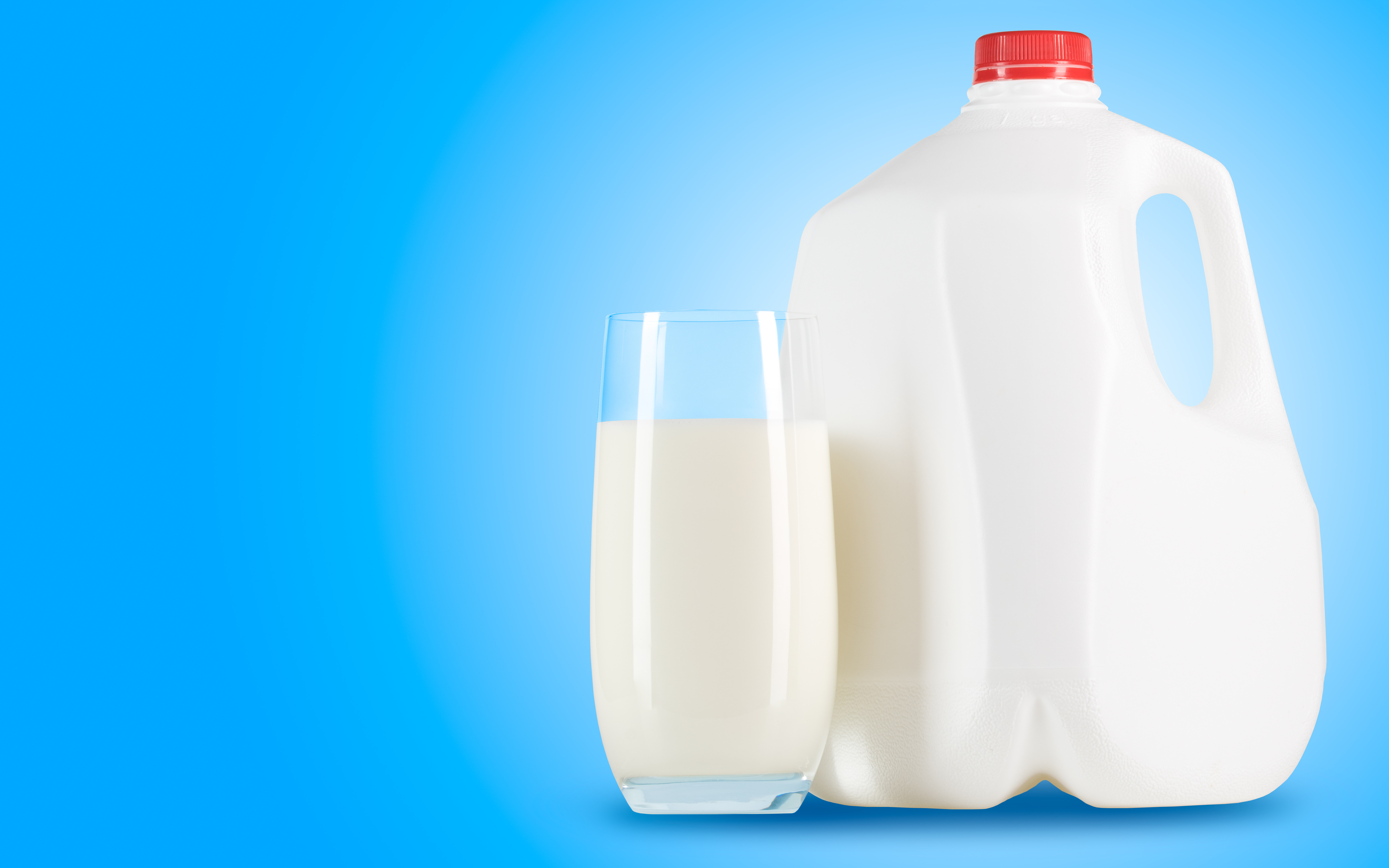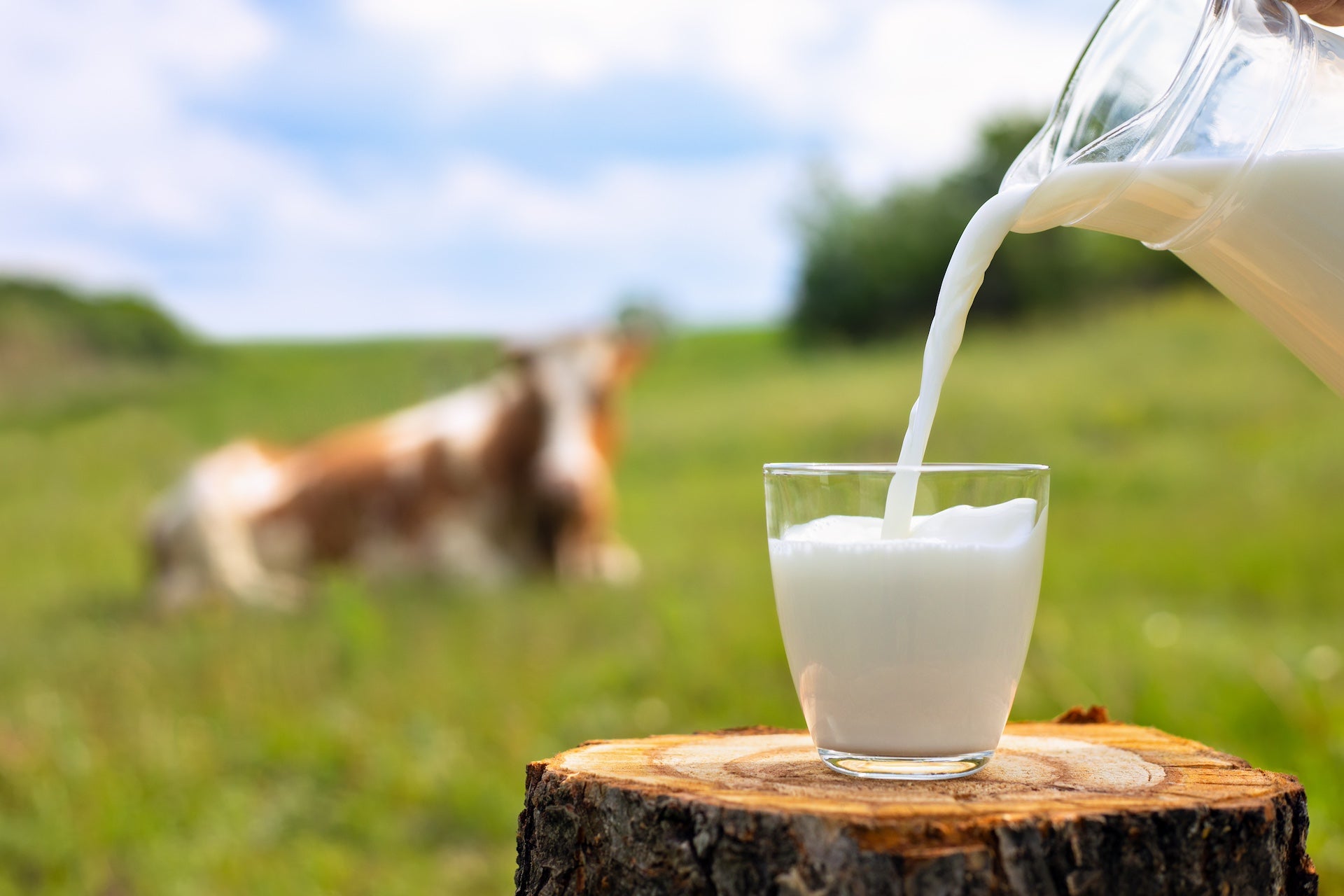How Much Does a Gallon of Milk Weigh?
Milk is a staple in households worldwide, and while we often focus on its nutritional benefits, understanding its weight can be equally important. Whether you’re measuring for recipes, shipping, or simply curious, knowing the precise weight of a gallon of milk provides valuable insight. Let’s dive into this topic in detail.
What is the Weight of a Gallon of Milk?
A gallon of milk typically weighs 8.6 pounds (3.9 kilograms). This weight can vary slightly depending on the type of milk and its fat content. For instance, whole milk is heavier than skim milk due to the higher fat percentage. Understanding these variations helps in tasks like shipping milk or calculating storage requirements.
Why Does Milk’s Weight Vary?
Milk’s weight is influenced by its composition. Here’s how the different components contribute:
- Water Content: Milk is approximately 87% water, and water weighs 8.34 pounds per gallon. This makes up the bulk of milk’s weight.
- Fat Content: Whole milk contains about 3.25% fat, adding slightly more weight than reduced-fat or skim milk.
- Proteins and Minerals: Casein and whey proteins, along with minerals like calcium and potassium, add density to milk.
Comparison of Milk Types by Weight
| Type of Milk | Weight Per Gallon (lbs) |
|---|---|
| Whole Milk | 8.6 |
| 2% Reduced-Fat Milk | 8.5 |
| Skim Milk | 8.4 |
| Heavy Cream | 8.6 – 8.7 |
| Raw Milk | 8.5 – 8.7 |
Even minor differences in fat content can impact the total weight, but the variations are typically small.
How to Measure the Weight of Milk Accurately
If you’re handling milk in large quantities or for precise recipes, accurate measurements are crucial. Follow these steps:
- Use a Reliable Scale: Place the container on a kitchen or industrial scale.
- Account for the Container’s Weight: Use the tare function or subtract the container’s weight from the total.
- Consider Temperature: Milk slightly expands as it warms, which could affect weight readings in extreme cases.
Applications of Knowing Milk’s Weight
Culinary Precision
When baking or cooking, precise measurements are critical. Recipes often specify volumes, but converting to weight ensures accuracy, especially in large-scale operations.
Transportation and Logistics
For dairy producers and distributors, knowing the exact weight of milk helps calculate:
- Shipping Costs: Weight directly influences freight charges.
- Storage Needs: Proper planning ensures efficient space utilization.
Scientific and Educational Use
Understanding milk’s weight is vital in scientific experiments and educational settings where precision matters.
How Does Milk Compare to Other Liquids?
Milk’s weight is similar to water due to its high water content but slightly heavier because of fats, proteins, and other solids. Here’s a quick comparison:
| Liquid | Weight Per Gallon (lbs) |
| Water | 8.34 |
| Whole Milk | 8.6 |
| Honey | 12.0 |
| Vegetable Oil | 7.6 |
This comparison highlights milk’s density relative to other common liquids.
Fun Facts About Milk Weight
- A quart of milk weighs about 2.15 pounds, so a gallon’s weight is simply four times that amount.
- Milk cans used in dairy farms are designed to hold specific weights, typically in increments of 10 gallons (approximately 86 pounds).
- In ancient times, milk weight was a critical factor in bartering and trade.
FAQs About Milk Weight
Does Milk’s Weight Change When Frozen?
Yes, milk expands and becomes less dense when frozen, so its volume increases while its weight remains constant.
What is the Weight of Raw Milk?
Raw milk weighs slightly more than processed milk due to its higher natural fat content, averaging between 8.5 and 8.7 pounds per gallon.
Why is Milk Sold by Volume, Not Weight?
Milk is traditionally sold by volume because it’s easier to measure and standardize in retail environments.
Conclusion
Understanding the weight of a gallon of milk offers practical benefits in cooking, logistics, and education. Whether you’re a home chef or a dairy farmer, this knowledge ensures efficiency and precision in various tasks. Next time you pick up a gallon of milk, you’ll appreciate the science and logistics behind its weight.




